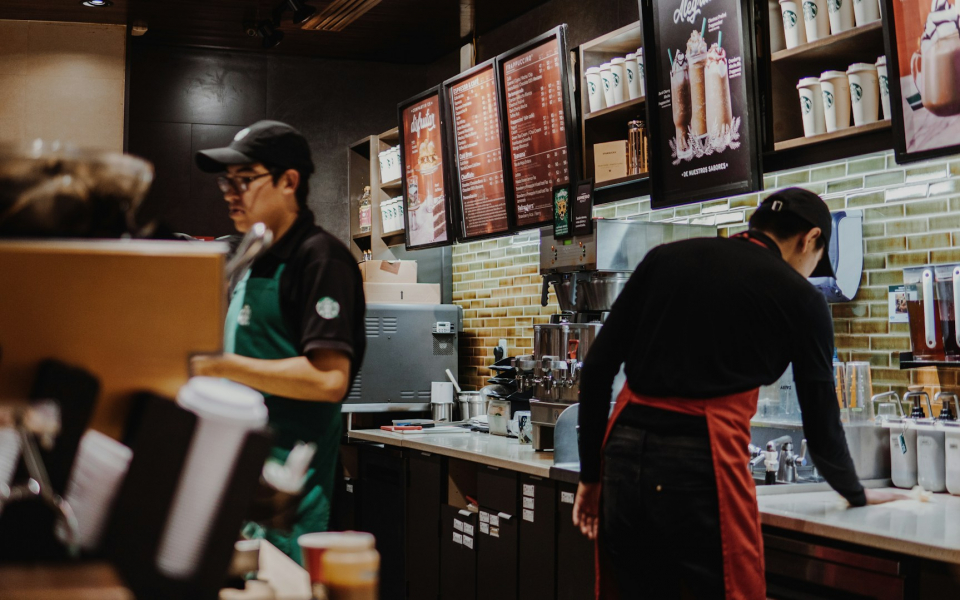Starbucks Corp
In some locations, where five people previously made iced macchiatos and double-shot espressos, there are now only three or four workers, according to a report from Bloomberg.
This staffing reduction, employees say, is partly due to an algorithm used by Starbucks to manage store labor. The company utilizes an algorithm that considers various factors like order forecasts and product availability to suggest staffing levels.
However, employees argue that it doesn't account for the extra time needed for numerous special customer requests, such as additional espresso shots or cold foam, and the impact of corporate promotions.
This results in longer wait times, and customers are growing increasingly frustrated, according to Bloomberg.
Starbucks disputes claims of understaffing, but admits that longer wait times have led to the first quarterly sales decline since 2020.
Over the past 18 months, the company has updated its labor algorithm and staffing policies to meet demand, according to Chief Reinvention Officer Frank Britt.
New measures aim to cut down wait times and unfinished orders, including a plan to streamline drink assembly.
Workers are managing in-person, drive-thru, mobile, and delivery orders simultaneously, causing delays. Data from Technomic shows that about 8% of Starbucks customers waited between 15 and 30 minutes in the last quarter, a significant increase from 2019.
The internal frustration over the labor algorithm is growing as the company's focus on speed clashes with customer service expectations.
Laxman Narasimhan, CEO of Starbucks, has pushed for greater efficiency while encouraging baristas to engage more with customers.
Some employees highlight a countdown clock near drive-thru windows that turns red if baristas exceed 30 seconds per order as a source of stress.
Customer's negative feedback echoes the concerns of former CEO Howard Schultz, who emphasized the importance of focusing on the customer experience.
Following a disappointing earnings report, Starbucks shares have dropped 22% under Narasimhan's leadership. Schultz, the largest individual shareholder, has urged executives to spend time in stores alongside baristas to improve the customer experience.
The company is scheduling workers three weeks in advance, considering their preferences for hours and shifts.
Despite these changes, Starbucks mandated that employees must work at least 12 hours a week on average each quarter to keep their jobs, which has reduced the number of baristas per location.
Starbucks believes that baristas working more hours become faster due to increased practice. However, managers report difficulties in covering shifts when workers call out sick.
To address this, Starbucks is testing a new role called the "play caller" to alleviate jams by overseeing various tasks and stepping in where needed.
Also, Starbucks is modifying its drink-making process to save time. For instance, espresso shots will now be prepared first instead of last.
The company is also introducing new drinks and promotions to boost demand, but this has added to the employees' workload and often catches managers unprepared.
Starbucks stock has lost over 20% in the last 12 months. Investors can gain exposure to the stock via Consumer Discretionary Select Sector SPDR Fund
Price Action: SBUX shares are trading lower by 0.5% at $77.06 at the last check Wednesday.










